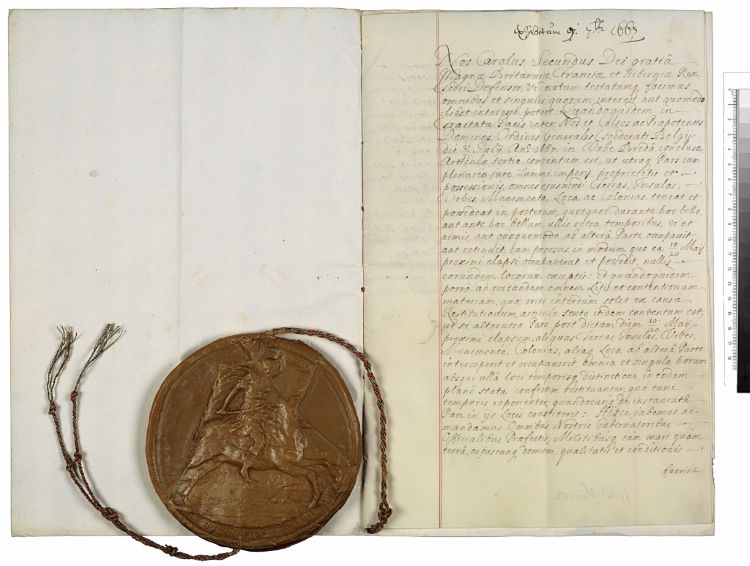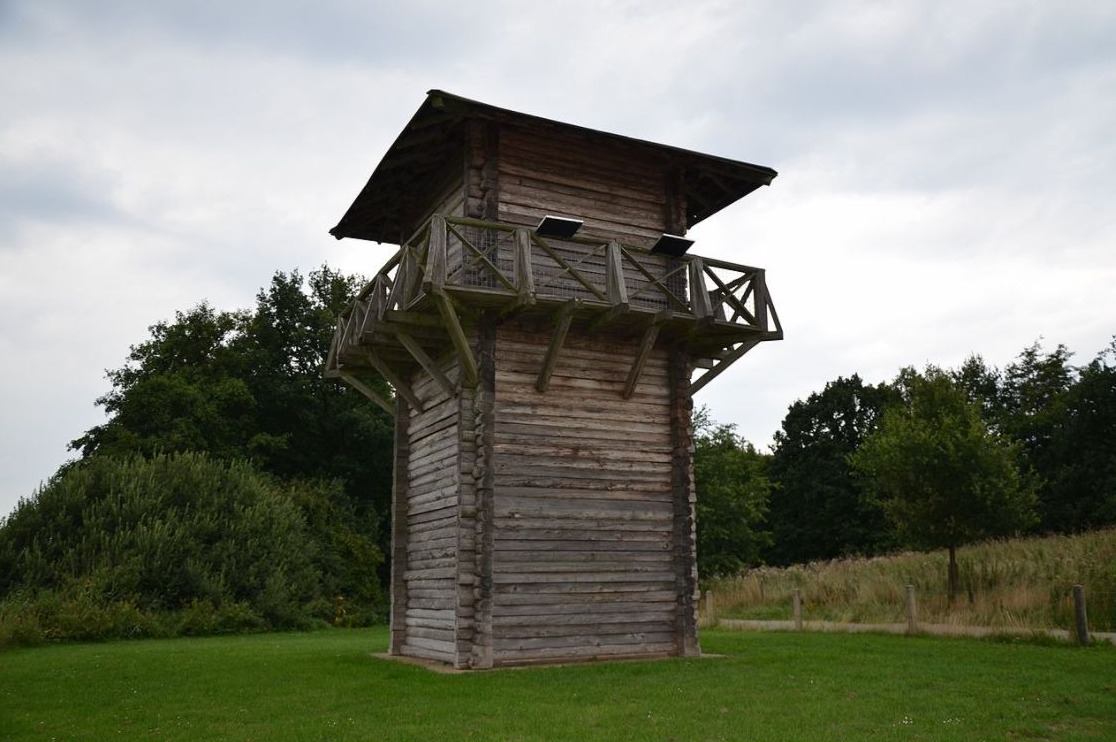Archaeologists have found traces of a road and canal from Roman times near Oosterhout near Nijmegen. This is reported by the Rivierenland Water Board. Earlier this year, an approximately 2,000-year-old skeleton was found in this area.

“There is a good chance that this canal connected Nijmegen and the Rhine. Nijmegen was an important city in Roman times. The Rhine was then the frontier of the Roman Empire. Many Roman soldiers were therefore stationed along the Rhine. The soldiers had to be able to move easily and needed a lot of stuff. The canal thus played an important role. Just like the found way.”
Roman main road
The road found is a wide main road that would have been built and used by soldiers to get around quickly. The water board:
“Roman roads are rare, especially in the east of the Netherlands. This road therefore tells archaeologists a lot of new facts about the road network from about 2000 years ago. The original gravel road surface has been preserved. Normal roads were no more than muddy dirt roads, but the Roman army built roads with a paved road surface in much of the Netherlands. This allowed the army to move quickly over great distances. A kind of Roman highway.”
It is not yet known where the canal and the road will eventually end.







